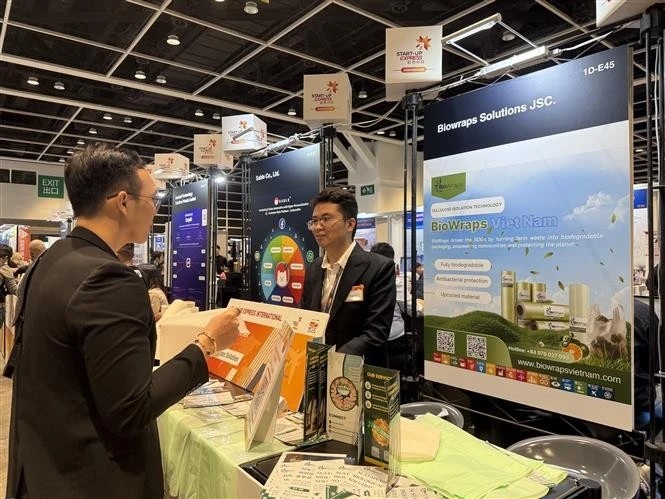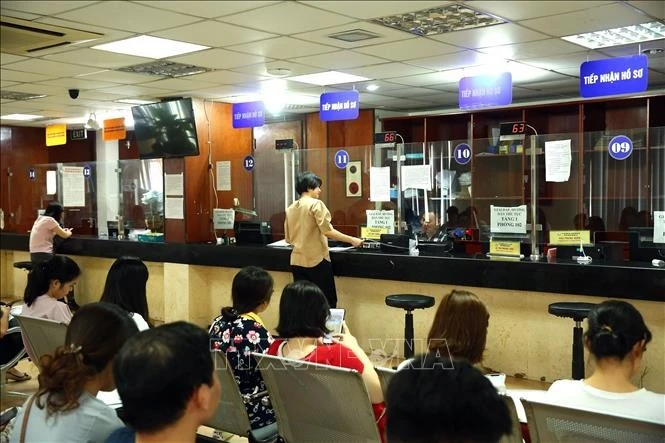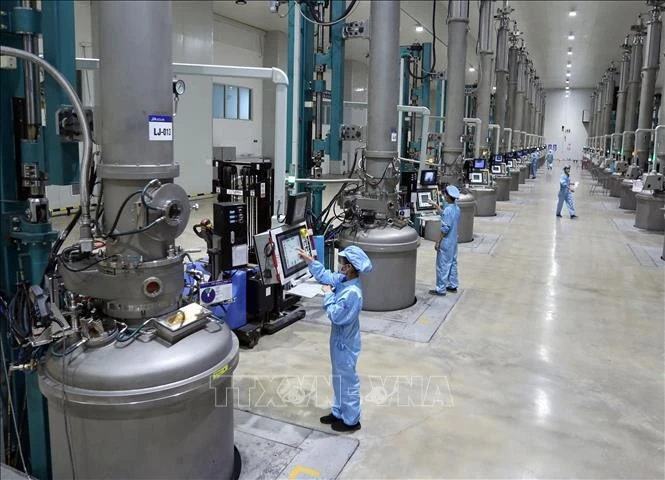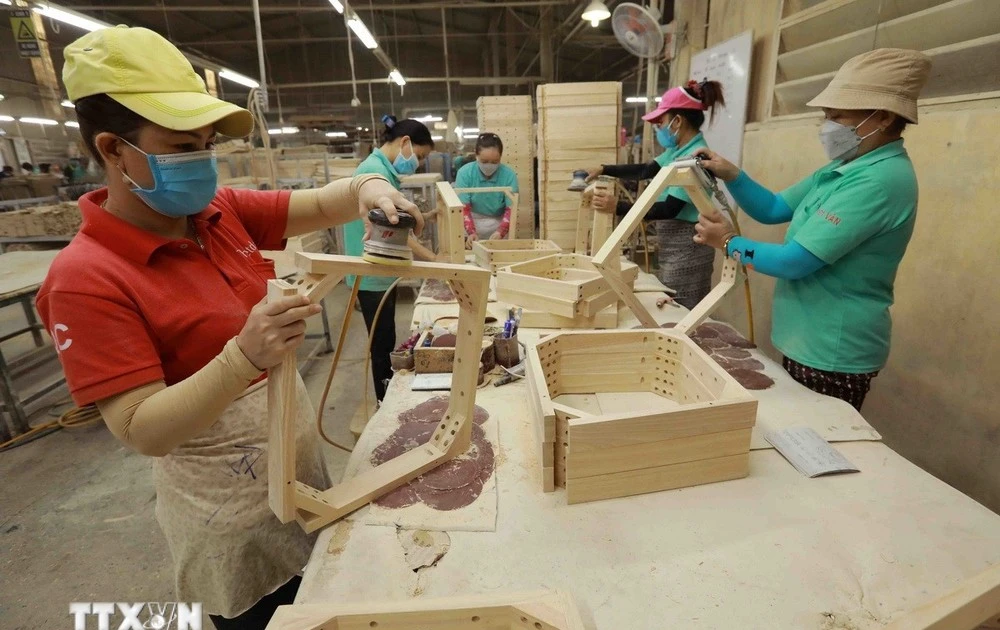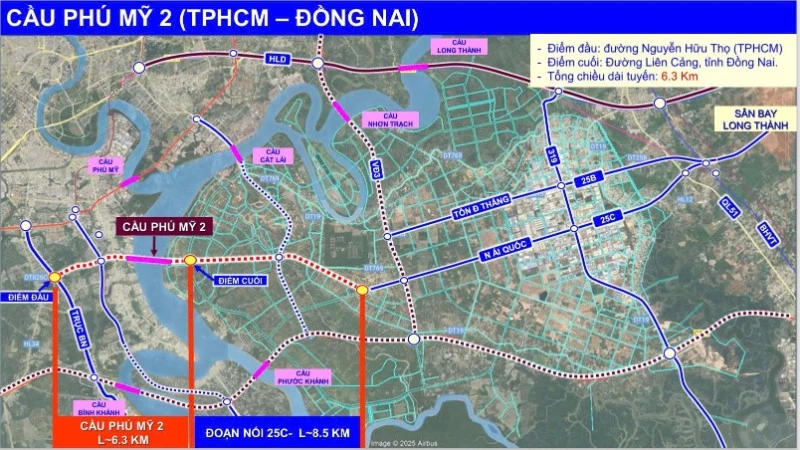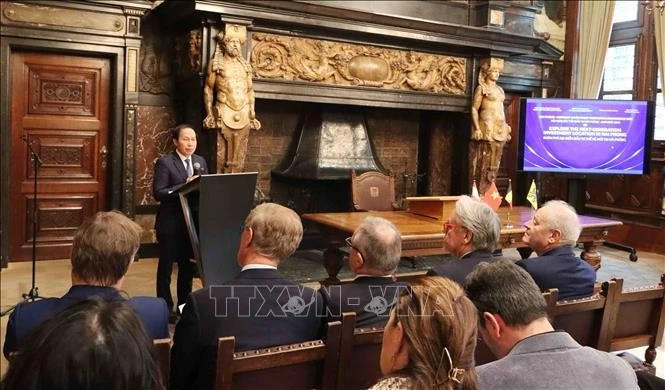According to the Ho Chi Minh City Export Processing and Industrial Zones Authority, the new Ho Chi Minh City now has 66 export processing and industrial zones with a total land area of over 27,000 hectares.
A new development space
After the merger, Ho Chi Minh City has become a special municipality with a multi-pillar economy, simultaneously possessing the financial and commercial capacity of the national centre, advanced industrial drivers, a maritime logistics ecosystem, and marine tourism potential. This convergence could generate a closed intra-regional value chain, from production, logistics, and finance to consumption and services, helping to reduce transaction costs and enhance the overall competitiveness of the region.
Cao Thi Phi Van, Deputy Director of the Ho Chi Minh City Investment and Trade Promotion Centre, noted that beyond economic advantages, the new Ho Chi Minh City also enjoys favourable demographic and social conditions, with a population of over 13.5 million and an urbanisation rate of 78%.
This will be Viet Nam’s first megacity, creating both a plentiful labour supply and an attractive destination for international investment thanks to its large scale and strong regional connectivity. A high proportion of skilled workers enables the city to advance further into high-tech industries, specialised services, and innovation.

Following the merger, Ho Chi Minh City has emerged as the country’s largest integrated industrial economic area. This structure has formed a diverse network of industrial spaces in terms of scale, function, and strategic location.
Such integration not only improves the efficiency of infrastructure and resource use, but also facilitates industrial restructuring towards functional specialisation and value-chain connectivity, establishing a solid foundation for Ho Chi Minh City to evolve into an integrated, high-tech, green, and smart industrial region with strong competitiveness in global supply chains.
Associate Professor Tran Ha Minh Quan, Rector of the International School of Business under the University of Economics Ho Chi Minh City, emphasised that after merging with the two major industrial centres of the former Binh Duong and the former Ba Ria-Vung Tau, the new Ho Chi Minh City has witnessed a major transformation in regional industrial structure, laying the groundwork for an integrated, multifunctional industrial ecosystem.
The merger has shifted the regional industrial structure from fragmented to multidimensionally integrated development, from horizontal expansion to in-depth growth, and from a local orientation to regional value-chain linkage. This serves as a foundation for the city to develop a smart, sustainable industrial model capable of leading global supply chains in the new era.
Industrial space restructuring
Despite its advantages, experts note that post-merger Ho Chi Minh City also faces significant challenges, including overloaded traditional industrial zones, underdeveloped inter-regional infrastructure, fragmented regional governance mechanisms, and a lag in adapting to new integrated development requirements.
The logistics and transport systems have yet to be organised effectively to fully exploit the potential of major seaports such as Cat Lai and Cai Mep-Thi Vai. The integration of industrial, transport, residential, and digital transformation planning remains slow, hindering value-chain efficiency and the attraction of strategic investment.

Associate Professor Tran Ha Minh Quan stated that Ho Chi Minh City has identified four strategic goals: expanding high-tech industrial parks; completing regional infrastructure connectivity with the Cai Mep-Thi Vai port cluster; developing a modern logistics transshipment zone in the west-northwest area; and integrating industrial, transport, and residential planning.
To realise these goals, the city needs an appropriate model of interlinked industrial regions and flexible institutional solutions to enhance international competitiveness and contribute sustainably to national economic growth.
Accordingly, the city should develop a multi-centre industrial spatial structure, integrating high-tech, manufacturing, logistics, and seaport functions, aligned with a strategy for smart, green, and sustainable infrastructure development.
Meanwhile, according to Do Thien Anh Tuan of the Fulbright School of Public Policy and Management, the industrial development direction of Ho Chi Minh City in the coming period should follow five strategic pillars: restructuring industrial space in accordance with integrated regional value chains; upgrading strategic industries with international competitiveness; accelerating comprehensive digital transformation and industrial greening; developing a high-quality technical workforce; and establishing an integrated, flexible, proactive industrial governance mechanism with strong coordination authority.
To realise these objectives, the city should further prioritise selective, high-quality investment attraction aligned with industrial transformation goals; develop supporting industries and enhance localisation capacity; as well as promoting foundational and emerging industries. At the same time, it must innovate human resources development and institutional frameworks for high-quality industry, and strengthen industrial competitiveness through digital and green infrastructure.

